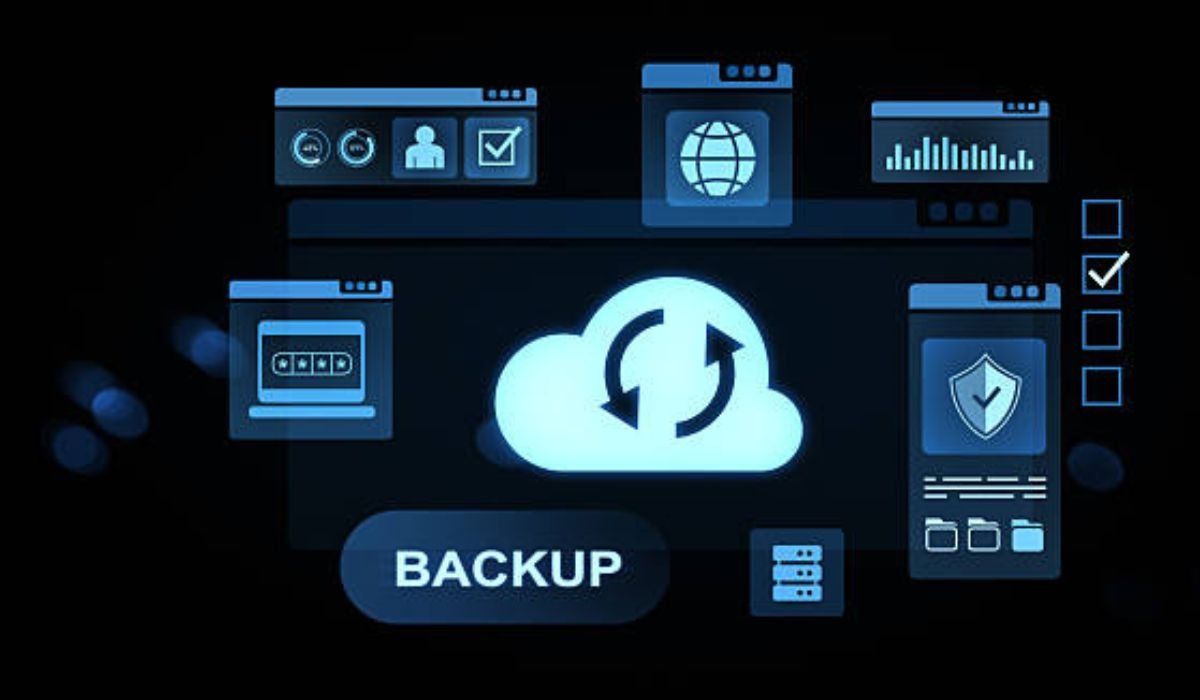In today’s hyper-competitive digital marketplace, where millions of applications vie for user attention, implementing effective monetization strategies has become the cornerstone of sustainable app development. As a custom mobile app development company navigating this complex ecosystem, we understand that revenue generation must be seamlessly integrated with exceptional user experience to create lasting value.
The Monetization Landscape: Beyond Traditional Approaches
The mobile application economy has matured significantly since its inception. What began as a simple binary choice between paid downloads and basic advertising has evolved into a sophisticated matrix of revenue-generating methodologies. With approximately 97% of Play Store apps and 95% of App Store applications available as free downloads, the question becomes not whether to monetize, but how to do so effectively without compromising user engagement.
Modern monetization transcends conventional advertising frameworks, embracing hybrid models that capitalize on user psychology, behavior patterns, and value perception. The most successful applications don’t simply extract value—they create it, establishing an ecosystem where monetary transactions feel like natural extensions of the user journey rather than intrusive interruptions.
Strategic Monetization Frameworks for Modern Applications
1. Dynamic Subscription Models
The subscription economy has revolutionized app monetization by creating predictable revenue streams while fostering deeper user relationships. Unlike traditional one-time purchases, subscription models align developer incentives with ongoing user satisfaction.
The key to subscription success lies in tiered value propositions—offering basic functionality for free while strategically gating premium features behind subscription tiers. This approach allows users to experience core value before committing financially, reducing acquisition friction while establishing clear upgrade pathways.
Consider implementing:
- Time-limited premium trials with frictionless conversion
- Tier-specific exclusive content refreshed at regular intervals
- Family or enterprise subscription bundles for expanded reach
- Annual payment options with strategic discounting to improve retention
2. Contextual In-App Purchase Architecture
In-app purchases have evolved beyond simple transactional models to become sophisticated engagement mechanisms. The most effective IAP strategies leverage contextual triggers, presenting purchase opportunities precisely when users perceive maximum value.
Rather than bombarding users with purchase options, develop a progressive unlocking system where purchases feel like natural progression points. This might include:
- Consumable items that address specific pain points in the user journey
- Non-consumable purchases that permanently enhance functionality
- Content expansions that extend the application’s core value proposition
- Virtual currencies that create flexible spending ecosystems within your application
3. Strategic Advertising Integration
While advertising remains a cornerstone of app monetization, its implementation requires unprecedented sophistication. Gone are the days of interruptive banner ads—today’s effective advertising integrates seamlessly with the user experience, sometimes enhancing rather than detracting from it.
Consider these advanced advertising approaches:
- Rewarded advertising that exchanges user attention for in-app value
- Native ad formats that match the form and function of your application
- Programmatic advertising partnerships that optimize relevance and timing
- Limited frequency caps that prevent ad fatigue and user frustration
The strategic placement of advertisements within natural user journey breakpoints—such as between levels, after content consumption, or during logical pauses—significantly improves both user acceptance and advertiser outcomes.
4. Data-Driven Monetization (With Ethical Guardrails)
With proper consent frameworks and transparent practices, anonymized user data can become a valuable monetization asset. Forward-thinking applications are developing sophisticated data collection architectures that respect privacy while generating actionable insights for monetization partners.
This approach might include:
- Opt-in analytics sharing with clear user benefits
- Aggregated trend analysis for industry partners
- Behavioral insights that improve targeting without compromising identity
- Experience customization options that users actively configure
The key distinction between problematic data harvesting and ethical data monetization lies in transparency, consent, and reciprocal value creation.
Implementation Excellence: From Strategy to Execution
Developing a monetization framework is only the beginning—implementation determines ultimate success. Consider these implementation principles:
1. User Journey Mapping for Revenue Opportunities
Conduct comprehensive journey mapping to identify natural monetization touchpoints. The ideal monetization moment occurs when:
- Users have experienced sufficient value to understand the application’s benefits
- A clear enhancement opportunity exists that monetization can unlock
- The transaction feels like a value exchange rather than an extraction
2. Cohort-Based Experimentation
Different user segments respond uniquely to monetization approaches. Implement sophisticated cohort testing to determine:
- Optimal price points across different geographic markets
- Feature bundling strategies that maximize perceived value
- Timing triggers that improve conversion probability
- Messaging frameworks that communicate value most effectively
3. Retention-Focused Monetization
Long-term revenue optimization requires prioritizing retention over short-term extraction. Calculate the lifetime value impact of each monetization decision, recognizing that aggressive short-term monetization often undermines long-term revenue potential.
The most successful applications maintain balanced “monetization pressure” that extracts appropriate value without triggering user exodus. This balance requires continuous monitoring of retention metrics against revenue generation.
Future-Proofing Your Monetization Strategy
The most sophisticated enterprise mobile app development services recognize that today’s successful monetization strategies may become tomorrow’s limitations. Building adaptability into your monetization architecture is essential for long-term sustainability.
Consider these emerging trends:
- Blockchain-enabled microtransactions that reduce payment friction
- Subscription bundling across complementary services
- Value-exchange networks that allow users to contribute non-monetary value
- Cross-platform monetization ecosystems that follow users across devices
Measuring Monetization Effectiveness
Strategic monetization requires rigorous measurement beyond simple revenue tracking. Develop comprehensive analytics frameworks that capture:
- Revenue per Active User (RPAU): Understanding monetization efficiency across your user base
- Conversion Velocity: The speed at which free users convert to paying customers
- Monetization Depth: The percentage of monetizable features users engage with
- Churn Correlation: The relationship between monetization events and user departure
- Revenue Diversity: Dependence distribution across multiple monetization channels
Conclusion: Building Sustainable Value Exchange
The most successful mobile applications transcend transactional monetization to establish genuine value exchange ecosystems. By aligning monetization strategies with user needs, progressive enhancement, and transparent value propositions, applications can generate sustainable revenue while building lasting user relationships.
At Devsinc, we approach mobile app monetization as an integral component of the overall user experience design—not as an afterthought. Our development methodology integrates monetization planning from initial concept through deployment, ensuring that revenue generation enhances rather than compromises the core value proposition. Through this integrated approach, we help organizations develop applications that aren’t just downloaded but financially sustained through natural value exchange with users.











